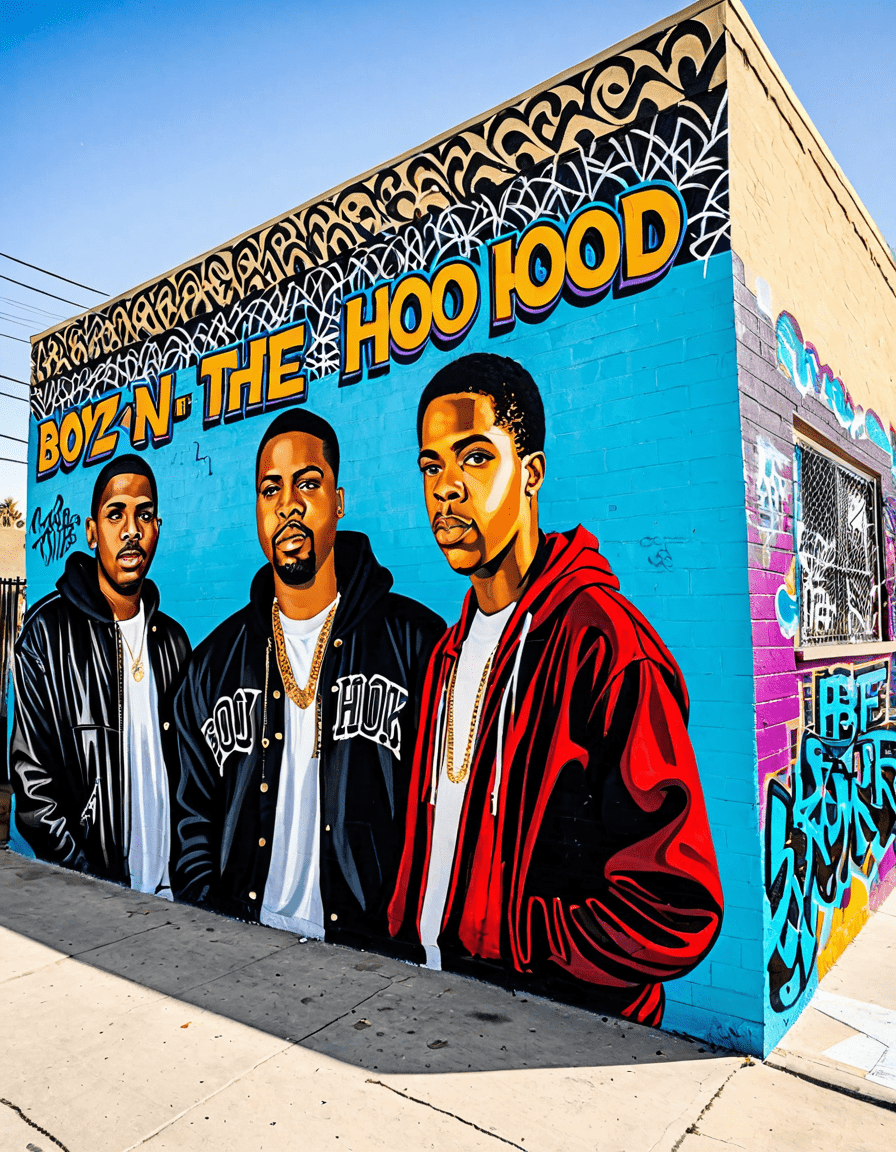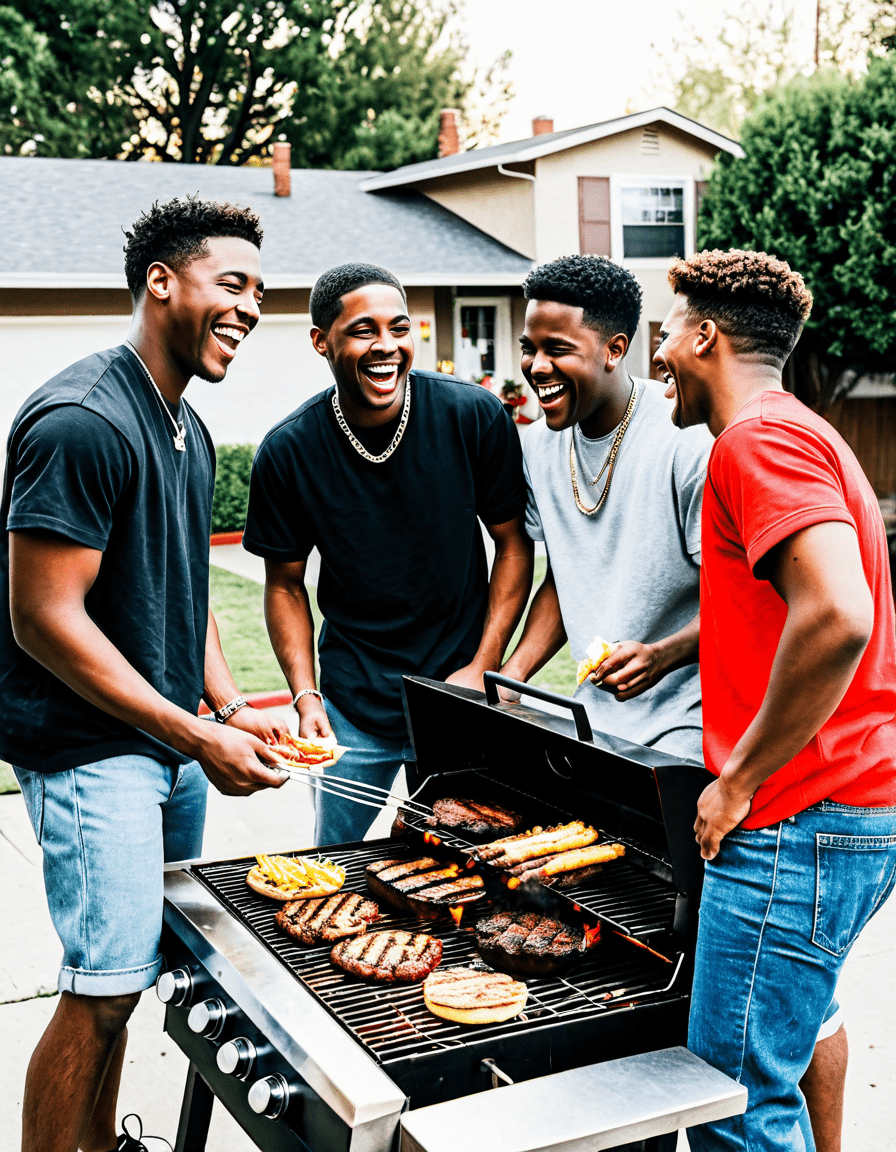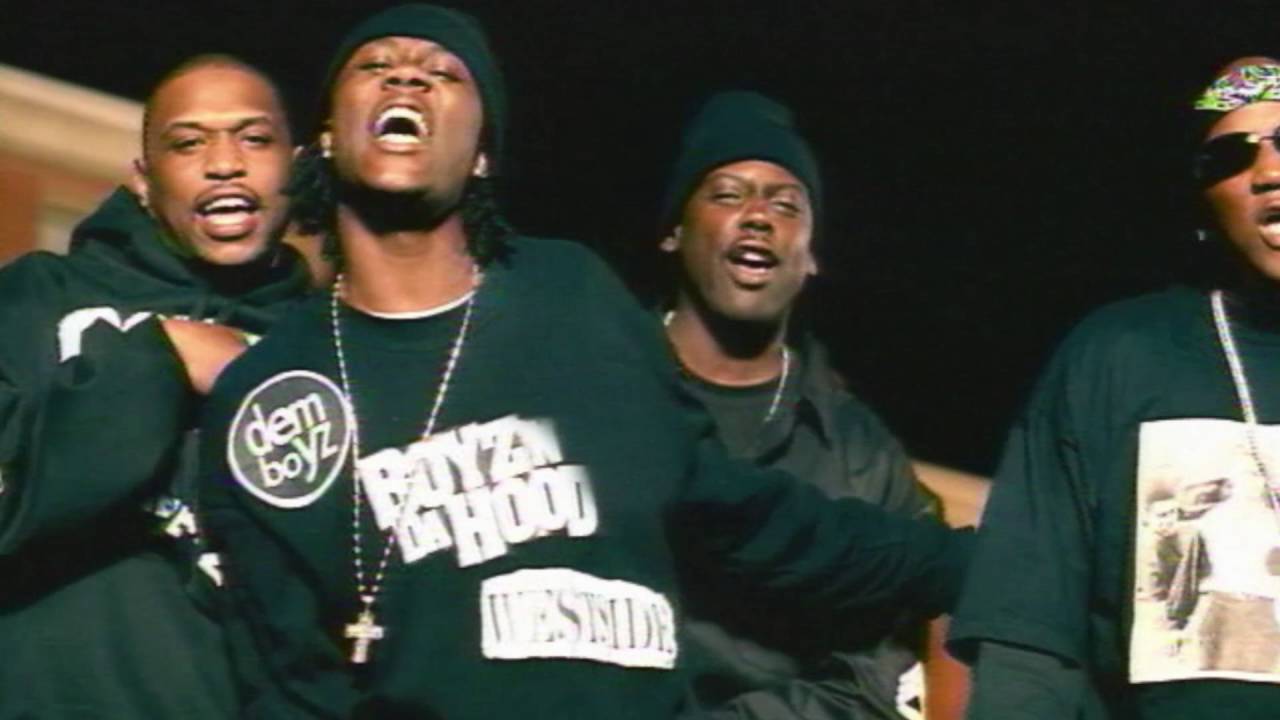In 1991, John Singleton’s boyz n the hood burst onto the scene and forever changed the landscape of American cinema. This groundbreaking film didn’t just entertain; it peeled back the layers of inner-city life in America, offering an honest portrayal of South Central Los Angeles. Singleton’s sharp eye revealed a world filled with both beauty and despair, capturing the struggles of Black communities in a raw, relatable way. Here’s a closer look at the enduring impact of boyz n the hood on cinema and culture.
The Enduring Impact of boyz n the hood on Cinema and Culture
Singleton’s boyz n the hood serves as a cultural touchstone that continues to resonate nearly three decades later. By addressing key social issues—crime, poverty, and systemic inequality—Singleton opened the door for filmmakers to tell stories that reflect the realities of marginalized communities. This unfiltered storytelling has inspired countless directors to follow in his footsteps.
One of the most significant aspects of boyz n the hood is its authentic representation of the Black experience. The film is neither a glorification nor a condemnation of life in South Central. Instead, it showcases the complexities of living in a landscape riddled with challenges. From the portrayal of police brutality to the bond between friends navigating perilous life choices, every scene adds depth to the characters’ struggles, making the film a poignant chronicle of the times.
What’s remarkable is how Singleton’s vision remains relevant today. Many contemporary filmmakers, such as Ava DuVernay and Barry Jenkins, echo Singleton’s themes in their works. They recognize the importance of storytelling that reflects societal issues while celebrating Black culture. Films like Fruitvale Station and documentaries such as 13th highlight this shared commitment to social commentary, proving that the legacy of boyz n the hood will continue to inspire future generations.

Top 5 Key Themes in boyz n the hood That Shaped Cultural Conversations
1. Systemic Inequality
boyz n the hood boldly critiques systemic injustices, revealing how socioeconomic barriers constrain opportunities for its characters. Singleton artfully illustrates how poverty affects education, job prospects, and community safety. Reflecting the current climate of racial inequality, the film sparks vital conversations that are just as urgent today.
2. Youth and Violence
The film’s portrayal of youth caught in cycles of violence remains hauntingly relevant. Singleton doesn’t shy away from depicting the stark realities faced by African American youth, a theme echoed in contemporary narratives across urban landscapes. For example, cities like Chicago still grapple with gang-related violence, and boyz n the hood serves as a reminder of the consequences that loom over the aspirations of young individuals.
3. Friendship and Brotherhood
At its heart, boyz n the hood showcases the strength of friendship and brotherhood. The bond between Tre and his friends provides solace amidst adversity. This supportive camaraderie is a recurring theme in modern films like Straight Outta Compton, where relationships often are tested under social pressures yet provide a source of resilience.
4. Family Dynamics
The compelling relationship between Tre and his father, played masterfully by Laurence Fishburne, delves into themes of paternal guidance and identity. Singleton highlights the broader challenges of fatherhood within communities plagued by absenteeism. The film catalyzes discussions about father figures and familial responsibilities in today’s context, reminiscent of works like The Last Black Man in San Francisco.
5. Cultural Identity and Pride
Lastly, boyz n the hood is an exploration of cultural identity and pride. Singleton captures the rich tapestry of South Central through music, fashion, and soul. This cultural pride continues to fuel movements like Black Lives Matter and empowers Black voices in media, illustrating an ongoing journey toward recognition and respect.
The Legacy of boyz n the hood: Continual Influence on New Generations
To this day, boyz n the hood is a primary reference point for filmmakers revealing underrepresented narratives. The film’s narrative structure and visual style have inspired a wave of creators dedicated to authentic storytelling. Directors like Barry Jenkins, with films such as If Beale Street Could Talk, and Ava DuVernay, through projects like When They See Us, honor Singleton’s legacy by confronting issues of injustice and identity.
Moreover, Singleton’s influence stretches beyond black filmmakers. Modern cinema is increasingly filled with voices from diverse backgrounds that echo the themes established in boyz n the hood. This evolution demonstrates how pivotal Singleton’s vision was and still is in shaping cultural dialogues around race, identity, and humanitarian struggles in visual storytelling.

Modern Parallels: boyz n the hood in Today’s Media Landscape
Today, the themes pioneered by boyz n the hood permeate various forms of media. Television series such as This Is Us tackle issues of race and family dynamics, mirroring the emotional depth found in Singleton’s work. Movies like The Hate U Give explore systemic inequality and the struggle of young individuals to find their voices amid turbulent circumstances, showcasing a bridge to the complexities Singleton brought to life.
Streaming services have also taken notice. Platforms like Netflix and Hulu are producing content that champions diverse narratives, making compelling stories from non-traditional viewpoints more accessible to global audiences. This shift signifies not just a trend but a necessary evolution in storytelling, creating a dialogue that reflects the realities of life for many in America.
Looking Ahead: What the Future Holds for Black Storytelling on Screen
As we gaze into the future of storytelling around Black experiences, the trajectory seems promising, albeit challenging. Authentic narratives have become more sought after, leading to conversations about representation in Hollywood. Projects like Oprah Winfrey’s Queen Sugar and Kevin Hart’s True Story aim to present the gritty yet rich stories of communities often neglected in traditional media.
One thing is clear: the legacy of boyz n the hood remains a crucial reference point. Its representation of Black communities is both a mirror and a battle cry for those who seek to share their stories. As filmmakers and storytellers pave new paths, the spirit of Singleton’s work continues to inspire brave explorations of race, identity, and the human experience.
In essence, boyz n the hood is not just a relic of the past, but a thriving narrative that evolves. Its themes encourage ongoing discussions about systemic issues while igniting inspiration for audiences today and nurturing the voices of tomorrow. The film’s impact stands as testament to the power of storytelling in illuminating the human condition—a beacon for future generations as they navigate their own narratives in an ever-changing cultural landscape.
boyz n the hood: Fun Trivia and Interesting Facts
A Cultural Milestone
Celebrated for its raw and authentic portrayal of life in South Central Los Angeles, Boyz n the Hood revolutionized how stories about the Black experience were told in cinema. Did you know that the film was director John Singleton’s debut? He was just 24 years old when he crafted this compelling narrative, making him the youngest person to be nominated for the Academy Award for Best Director. Singleton wasn’t just a fresh face in the industry; he had his sights set high, aiming to bring a slice of life that many weren’t ready to witness. Speaking of significance, the film’s legacy can be compared to the unexpected cultural impact of kid Named finger, which caught audiences by surprise when it first premiered.
Star-Studded Beginnings
The casting of Boyz n the Hood was no small feat. Ice Cube, who played Doughboy, and Cuba Gooding Jr., as Tre, became breakout stars thanks to their powerful performances. Their chemistry made the film memorable, much like the camaraderie you’d find in Mario Kart, where teamwork and rivalry blend seamlessly. Interestingly, many cast members went on to feature in a variety of films, launching successful careers. Just like Saoirse Ronan Movies that showcase her journey from child star to an award-winning actress, the paths of these actors have been nothing short of remarkable.
Relevant Narratives
The film’s storytelling goes beyond mere entertainment; it adds depth to understanding social issues that many teenagers face today. This exploration can also be likened to the intricacies found in heartstopper, a series that navigates the delicate threads of friendship and love. Similarly, Boyz n the Hood doesn’t shy away from tough subjects like gang violence and systemic racism. And speaking of tough subjects, the film touches on the struggles that can feel daunting, much like asking How old Is Wednesday in the Wednesday Addams lore—the question often leads to interesting discussions about identity and perspective.
These elements make Boyz n the Hood a timeless cinematic experience, one that continues to resonate with audiences today. Its enduring legacy is emblematic of storytelling that not only entertains but educates, illustrating how the urban landscape can influence lives. So, next time you sit down to watch this film, remember it’s more than just a movie—it’s a mirror reflecting the societal issues that still press on us today.



![Boyz N the Hood (1991) - 'I'm Teaching You How to Be Responsible' [HD]](https://www.cinephilemagazine.com/wp-content/cache/flying-press/e4af3bf81e6ac37e78fe9163ee26e822.jpg)
![BOYZ N THE HOOD [1991] - Official Trailer (HD)](https://www.cinephilemagazine.com/wp-content/cache/flying-press/a56f20e0af7ab2feae3052009a9ff3a7.jpg)



